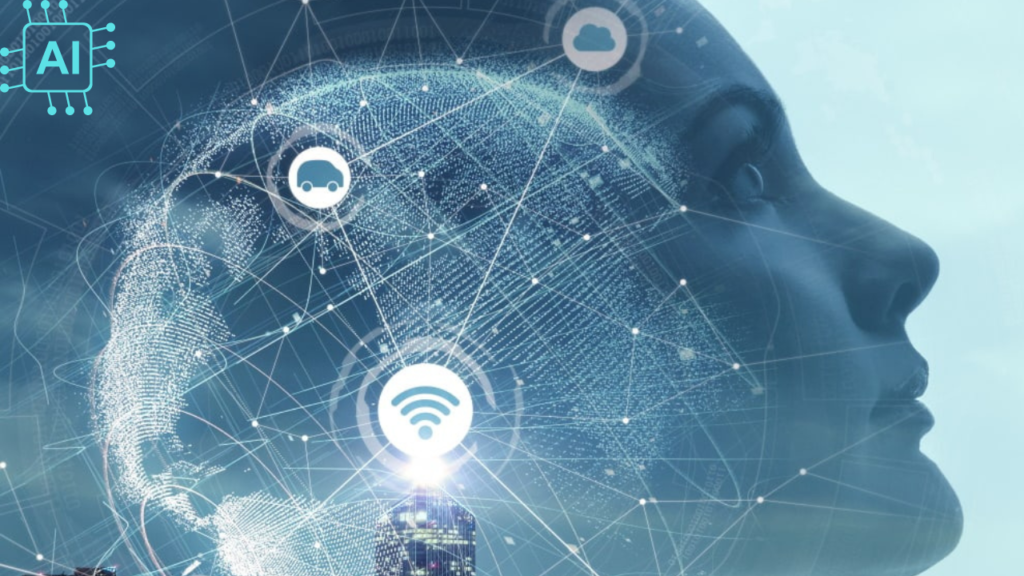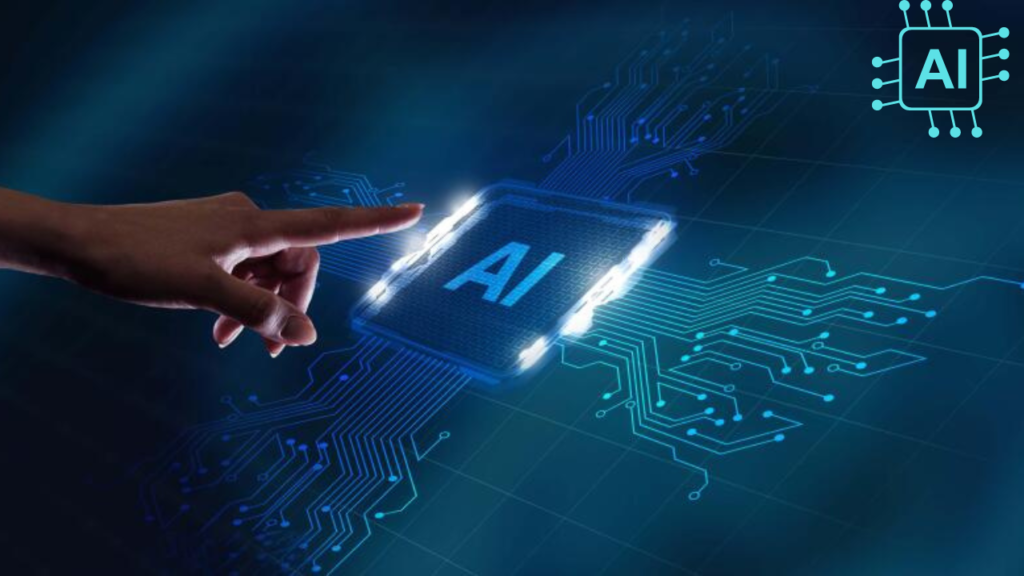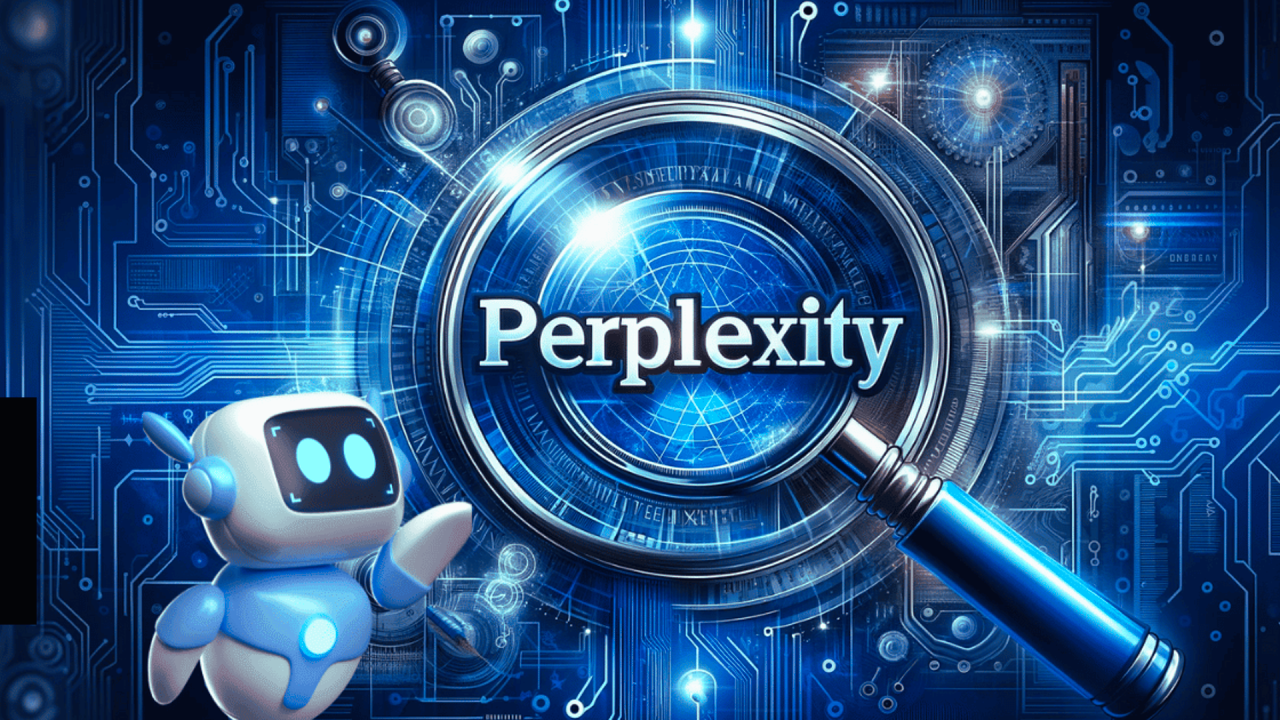
Artificial Intelligence (AI) has rapidly evolved from a futuristic concept to a central element in our daily lives.
As AI continues to progress, the need for comprehensive and forward-looking regulation has become more pressing. Governments, corporations, and international bodies are all grappling with the question of how to regulate AI effectively without stifling innovation.
In this article, we will delve into the future of AI regulation, exploring what to expect in the coming years and how these developments could impact the global landscape.
The Current State of AI Regulation
To understand the future of AI regulation, it’s crucial to first examine the current state of affairs. As of now, AI regulation is a patchwork of laws, guidelines, and ethical standards that vary widely across different regions.
The European Union (EU) has taken a leading role with its proposed AI Act, which aims to establish a legal framework for AI across its member states. Meanwhile, the United States has adopted a more laissez-faire approach, with AI regulation largely left to individual states and private sector initiatives.
In contrast, China has implemented stringent regulations focused on ensuring that AI technologies align with state objectives, particularly in areas such as surveillance and social control.
Other countries, such as Japan and Canada, are developing their own frameworks, often taking cues from both the EU and the US. Despite these efforts, there remains a significant lack of global consensus on how AI should be regulated.
Emerging Trends in AI Regulation
As we look to the future, several key trends are expected to shape the landscape of AI regulation.
These trends will likely influence how governments and international bodies approach the creation and enforcement of AI-related laws and policies.
1. Increasing Focus on Ethical AI
One of the most prominent trends in AI regulation is the growing emphasis on ethical AI. As AI systems become more integrated into critical aspects of society, such as healthcare, finance, and law enforcement, the potential for bias, discrimination, and other ethical concerns has become more apparent.
In response, regulators are placing greater importance on ensuring that AI systems are designed and deployed in ways that are fair, transparent, and accountable.
We can expect to see new regulations that mandate the inclusion of ethical considerations in the development and deployment of AI systems.
These may include requirements for transparency in AI decision-making processes, as well as the establishment of oversight bodies to monitor and enforce ethical standards.
2. Stricter Data Privacy Regulations
Data is the lifeblood of AI, and the way in which data is collected, stored, and used is increasingly coming under scrutiny. The General Data Protection Regulation (GDPR) in the EU has set a high standard for data privacy, and other regions are beginning to follow suit.
As AI continues to rely on vast amounts of data, we can anticipate the introduction of stricter data privacy regulations that specifically address the unique challenges posed by AI technologies.
These regulations are likely to focus on consent mechanisms, data minimization, and the right to explanation in AI-driven decision-making. Additionally, there may be a push towards more robust data security measures to protect against the growing threat of cyberattacks targeting AI systems.
3. Global Cooperation on AI Standards

Given the global nature of AI development and deployment, there is a growing recognition of the need for international cooperation on AI standards.
The current fragmented approach to AI regulation creates challenges for cross-border AI applications and may lead to regulatory arbitrage, where companies move operations to regions with more favorable regulations.
In the coming years, we can expect to see increased efforts to harmonize AI regulations across different jurisdictions.
International organizations such as the United Nations and the Organization for Economic Co-operation and Development (OECD) are likely to play a key role in facilitating discussions and establishing global AI standards. These efforts may result in the creation of international treaties or agreements that set out common principles for AI governance.
4. Regulation of Autonomous Systems
As AI technologies continue to advance, we are seeing the rise of autonomous systems such as self-driving cars, drones, and AI-powered robotics.
These systems present unique regulatory challenges, as they operate with a high degree of autonomy and can make decisions without direct human intervention.
Regulators will need to address issues related to liability, safety, and accountability in the deployment of autonomous systems. We can anticipate the development of new legal frameworks that specifically address the challenges posed by these technologies.
For example, there may be regulations requiring that autonomous systems include fail-safe mechanisms or that they operate within predefined ethical guidelines.
5. Impact on Innovation and Competition
While regulation is essential for ensuring the safe and ethical use of AI, there is a risk that overly restrictive regulations could stifle innovation.
Policymakers will need to strike a balance between protecting the public interest and fostering an environment that encourages innovation and competition.
To achieve this balance, we may see the introduction of regulatory sandboxes—controlled environments where companies can test new AI technologies with reduced regulatory oversight.
These sandboxes would allow innovators to experiment with cutting-edge AI applications while still adhering to basic safety and ethical standards. Additionally, governments may offer incentives, such as tax breaks or grants, to companies that develop AI technologies in compliance with regulatory frameworks.
The Role of AI in Shaping Future Regulations

Interestingly, AI itself may play a role in shaping the regulations that govern its use. Regulatory agencies are beginning to explore the use of AI tools to monitor compliance, predict potential risks, and even assist in the drafting of new regulations.
By leveraging AI, regulators can gain deeper insights into the technologies they are tasked with overseeing and develop more effective and responsive regulatory strategies.
This trend towards AI-assisted regulation could lead to more adaptive and dynamic regulatory frameworks that can evolve in real-time as new AI technologies emerge. It may also help bridge the gap between the fast-paced nature of AI development and the slower process of legislative action.
Conclusion: Preparing for the Future of AI Regulation
The future of AI regulation is poised to be a complex and evolving landscape, shaped by ethical considerations, data privacy concerns, global cooperation, and the challenges of regulating autonomous systems.
As we move forward, it is essential for all stakeholders—governments, corporations, and the public—to stay informed and engaged in the regulatory process.
By anticipating these trends and preparing for the regulatory changes to come, we can ensure that AI continues to be a force for good in society while mitigating the risks associated with its use.


